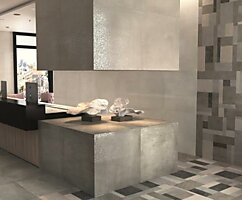Chinese tulou
 Bashny.Net
Bashny.Net
Chinese tulou don't really have anything to compare anywhere else in the world didn't build houses like fortresses. In tulou lived the same number of people as it can accommodate a whole village.
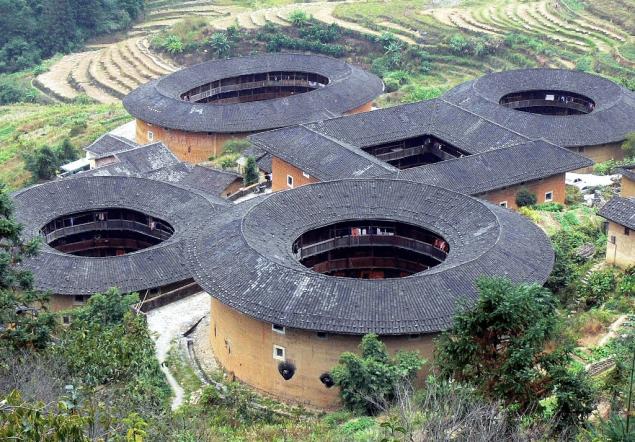
Built an amazing house from the XI century the Hakka ethnic group, who settled in the provinces of Fujian and Guangdong of China. These houses impress with their correct forms – round, rarely square. In Tolo perfectly embodied the principles of Feng Shui, used in the construction and the philosophy of the I Ching and the concept of a large family that honors their history, their ancestors, follows the old tradition of China, which was described by Confucius. Composed of sand and clay, they are in harmony with the landscape. And the view on the top resembles tulo whether nests, or wells.
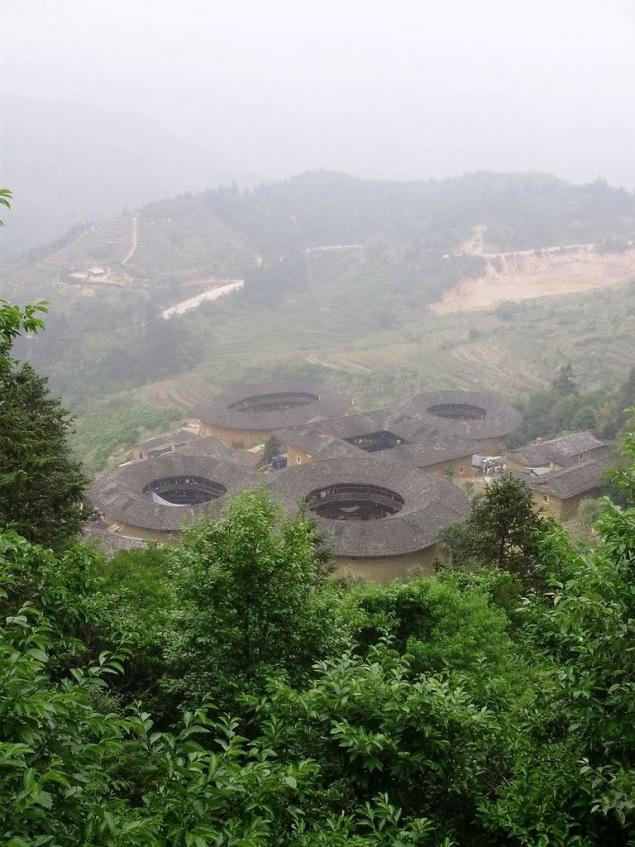
Tulou is a reliable fortress, with thick impenetrable walls, opening outwards only in the narrow loopholes, with a single heavy door. At the base of the wall thickness could be about one and a half meters, it tapers upwards. Tulou called earthen fortresses, because in most cases, the walls consisted of clay, sand and lime. Inside the large walls of the dwelling were built of wooden partitions. There are three or four floors housed the apartments of many families, but not necessarily the same kind. The biggest, tulo could accommodate about 600 people and recorded record-capacity – 800 persons living in the same house.
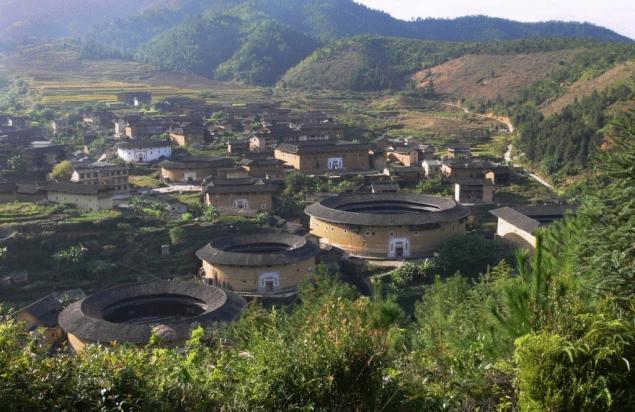
And inside were traditional Chinese buildings round the courtyard. It sometimes was located in another house, and always have been the altar at which was going to meetings, just for important conversations, for religious action. The Hakka built the next several, tulo, and the houses of the village gathered in larger villages.
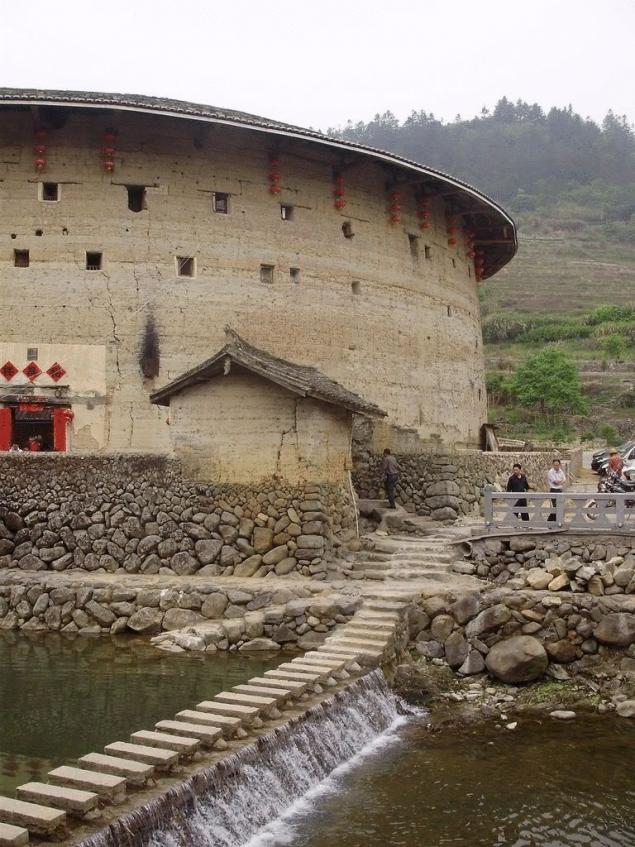
Source: /users/155

Built an amazing house from the XI century the Hakka ethnic group, who settled in the provinces of Fujian and Guangdong of China. These houses impress with their correct forms – round, rarely square. In Tolo perfectly embodied the principles of Feng Shui, used in the construction and the philosophy of the I Ching and the concept of a large family that honors their history, their ancestors, follows the old tradition of China, which was described by Confucius. Composed of sand and clay, they are in harmony with the landscape. And the view on the top resembles tulo whether nests, or wells.

Tulou is a reliable fortress, with thick impenetrable walls, opening outwards only in the narrow loopholes, with a single heavy door. At the base of the wall thickness could be about one and a half meters, it tapers upwards. Tulou called earthen fortresses, because in most cases, the walls consisted of clay, sand and lime. Inside the large walls of the dwelling were built of wooden partitions. There are three or four floors housed the apartments of many families, but not necessarily the same kind. The biggest, tulo could accommodate about 600 people and recorded record-capacity – 800 persons living in the same house.

And inside were traditional Chinese buildings round the courtyard. It sometimes was located in another house, and always have been the altar at which was going to meetings, just for important conversations, for religious action. The Hakka built the next several, tulo, and the houses of the village gathered in larger villages.

Source: /users/155
Tags
world
China
Fujian
China tulou
home
fortress
Guangdong province
the ramparts
the walls
tulo
capacity
tulo
interior courtyard
the altar inside tulou
houses of the village
See also
How is a yarn of nettle
How to strengthen the channel of the kidneys for 5 minutes a day
Liz Burbo: People cannot recover without FORGIVING yourself
The girl, who wants to feed the world
14 fresh ideas for February 14
RICOL Healing -Unique method of disease treatment
Men aged over...












